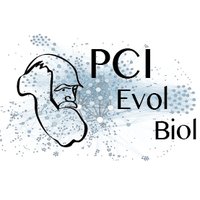Exploring the Effects of Ecological Parameters on the Spatial Structure of Genealogies
This article has been Reviewed by the following groups
Listed in
- Evaluated articles (Peer Community in Evolutionary Biology)
Abstract
Geographic space is a fundamental dimension of evolutionary change, determining how individuals disperse and interact with each other. Consequently, space has an important influence on the structure of genealogies and the distribution of genetic variants over time. Recently, the development of highly flexible simulation tools and computational methods for genealogical inference has greatly increased the potential for incorporating space into models of population genetic variation. It is now possible to explore how spatial ecological parameters can influence the distribution of genetic variation among individuals in unprecedented detail. In this study, we explore the effects of three specific parameters (the dispersal distance, competition distance and mate choice distance) on the spatial structure of genealogies. We carry out a series of in silico experiments using forwards-in-time simulations to determine how these parameters influence the distance between closely- and distantly-related individuals. We also assess the accuracy of the maximum likelihood estimation of the dispersal distance in a Gaussian model of dispersal from tree-sequence data, and highlight how it is affected by realistic factors such as finite habitat size and limited data. We find overall that the scale of mate choice in particular has marked patterns on short and long terms patterns of dispersal, as well as on the positions of individuals within a habitat. Our results showcase the potential for linking phylogeography, population genetics and ecology, in order to answer fundamental questions about the nature of spatial interactions across a landscape.


